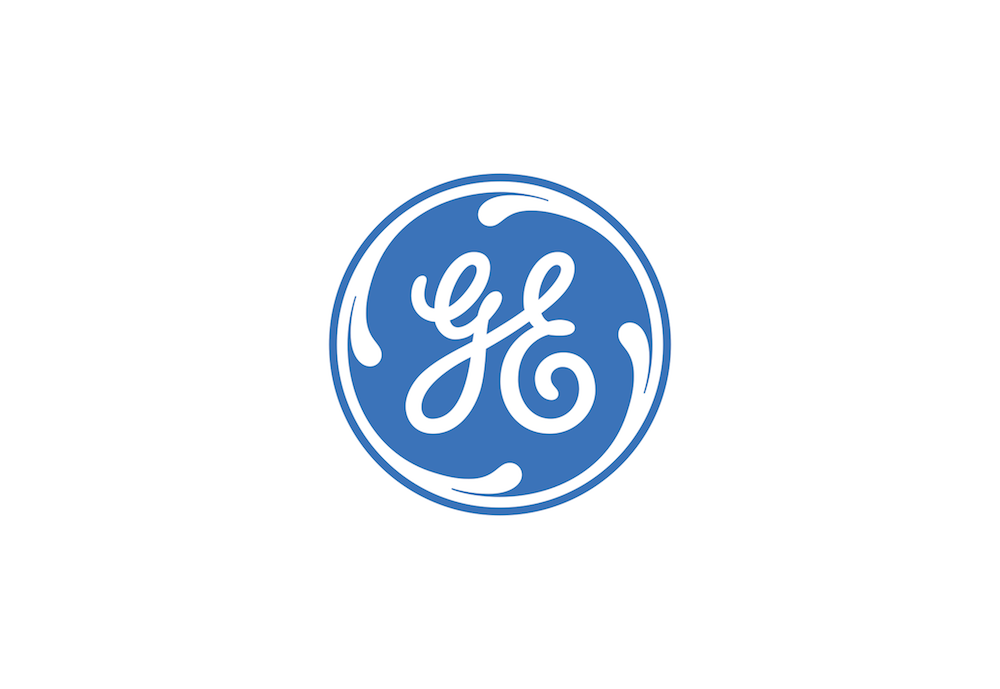by Hubert Maleau, Market Economist, Palos Management
It may be true that recent banking troubles were unique in nature and therefore unlikely to upset the stability of the financial system. However, the event of two bankruptcies has produced enough stress in the banking industry to pull back lending. Consequently, the economy will face headwinds in obtaining credit, which will weigh on business activity. In fact, the money supply is already falling, reducing banks’ balance sheets and, in turn, their capacity to lend money. I agree with Blackrock’s chief investment officer that the fallout from recent banking turmoil, the blow off of froth in the labour market and a series of action-packed economic prints are painting a slower rate of inflation. In this connection, the S&P 500 rose 125 points in the week ended April 14, up 8.5% from the March 13 intra-low at 3809 - the thin green line of support - heading toward 4300 - the thin red line of resistance.
Should Q1 corporate profits do better than generally expected, a break above that thin red line could send the bears into hibernation. Meanwhile, JPMorgan, Citigroup and Wells Fargo kicked off the earnings seasons with solid results that not only handsomely beat estimates, but telegraphed rosy projections for the rest of the year.
These may indeed prove possible because the latest inversion of the yield curve is more of a fabrication of the Fed than investor pessimism about the future. That is why the soft landing is still in play. The Atlanta Fed’s GDPNow model estimate for real growth in Q1 is 2.5%.
Campbell Harvey, a finance professor at Duke University, made the astute observation that the latest inversion was not the result of the normal functioning of the financial markets, but because it has been skewed intentionally by the Fed, who had borrowed trillions of dollars ($6.0tn) from money market funds and banks. Put simply, the Fed has kept those trillions from flooding the financial markets.
The Economic Prints for the Week Ending April 14. 2023
The trend in inventory accumulation has slowed sharply over the past year and it continued in February. Wholesale Inventories rose by only 0.1% that month
Credit growth fell in February to $15.3 billion, falling to an annual rate of increase to 3.8%, significantly below trend.
NFIB Small Business Optimism Index fell slightly in March to 90.1 from 90.9. The fallout from the banking turmoil was felt mostly in credit conditions which fell to -9, their worst since 2012.
Except for online spending, overall headline retail sales confirms that the apparent strength at the start of the year was nothing more than a weather-driven fluke. A downtrend is probably in the making. The Redbook reported that same-store sales fell 1.5% year-over-year last week, a considerable softening since last summer. As a rule retail sales have a tendency to echo the Redbook chainstore sales numbers.
Meanwhile the BLS released on Wednesday its report on inflation. It showed that the CPI rose .02% in March easing the y/y increase to 5.0% compared to 6.0% in February and a 3-month annualised rate of 4.5%. It's the lowest level in nearly 2 years. Core inflation rose 0.4%. It is still too much, but most of the details of the core print are encouraging. For example, there was a sharp slowing in the rate of increase in CPI rents. Given that rent numbers chime with the Zillow data, a sustained rollover is in the cards. Additionally, the cost of groceries - especially meats, poultry, fish,eggs, fruits and vegetables - fell 0.3%, marking the first drop since September 2020.
The disinflation narrative got a big boost on Thursday morning, on the heels of what were benign CPI numbers. US producer prices decreased 0.5% in March from the prior month, way below estimates made by economists, and registering a y/y increase of just 2.7% with the 3-month annualised rate of -0.38%. But the really good news was the 0.1% decline in the core, specifically the 0.9% drop in the trade service component where a lot of the stickiness is lodged. Moreover, import prices decreased 0.6% m/m in March. These prices are now 4.6% lower than they were last year.
The Fed Is Pushing the Envelope Too Far
The market is pricing an 80% chance that the Fed will raise rates in May another 25bps because the monetary hawks basically want to see a longer run of slowing increases in the CPI using, as an excuse, the March uptick in core inflation as pressure to coax it. Interestingly, the NY Fed, using numbers that capture sustained movements in inflation from information contained in a broad set of price, real activity and financial data, is suggesting that the underlying inflation is running at the annual rate of 4.3%. This is a 0.5% percentage point lower than a month ago and 0.7% less than the current y/y increase in the CPI. Over the past 9-months, the annualised rate was 3,2%. Unfortunately, the swap market, which is predicting that in one year's time, the year-over-year increase in the CPI will be 2.68% and 2.2% in 5 years, conflicts somewhat with the University of Michigan’s 5 and 10-year inflation expectations. at 2.9%.
Thus the worst case scenario is that the anticipated hike in May will be the last one. Yet, there is a slim possibility that the Fed has already finished. Prudence and patience on the part of the Fed may be more appropriate than risking a potential credit crunch, while their efforts to dampen demand are starting to have an effect. Indeed, it’s hard to understand why the Fed is so unwilling to acknowledge the downward movement in wage growth, insisting instead that wage growth is too high to be consistent with 2% to 3% inflation, given the current estimates of productivity growth.
Again this obsession is baffling: if a wage-spiral were going to happen, it would have happened by now. It would have emerged when wage rates were flying around 6% in late 2021 and early 2022. But since then they have slowed relentlessly to 3.5%. We had a very unique macro environment, which may have changed the conventional wage-price dynamic to a price-wage one. A lot of latitude was given to the corporate sector during the pandemic. As inflation fell, so did wage growth, after a relatively short lag. Thus, inflation in core services, which reflects prices on everything from medical services to transportation excluding shelter, remains high, but it's tightly linked to wages. Given that the labour market is loosening up, the prospects are improving. It should be noted that the University of Michigan survey of consumer inflation expectations has been stuck at 2.9% for 5 straight months. Perhaps a good omen.
This may explain why a few dovish officials at the Fed’s March meeting weighed the idea of pausing rate hikes, emphasising the need to retain flexibility and optionality in determining the correct monetary stance given the uncertain economic outlook. The normal pattern for the Fed is to start cutting rates shortly before an ensuing recession. It has already projected one. Surely, the Fed will feel the pressure to surrender to Wall Street and Congress.
Holding the policy rate through the end of the year might be more fitting than pushing one’s luck too far out. Austan Goolsbee, president of the Chicago Fed, made a wise comment: “History has taught us that moments of financial stress, even if they don't escalate into crises, can mean tighter credit conditions. These can have a material impact on the real economy in a way that the Fed absolutely needs to take into account when setting policy.” Put simply, the application of tighter lending standards and practices can probably do more to temper economic activity and inflation than a mere 25 pbs increase in the target rate.
The depth, duration and dispersion of the yield curve is behaving like it did in 1981 when inflation was cracked. Andrew Lees, head of strategist at Macro Strategy Partnership, pointed out that the net speculative short position in both 2-year and 10-year treasuries is still near record lows. This observation tells me that the bond crowd is convinced the Fed will raise the cost of money on May 3, but decrease it in 2024. This may, in turn, explain why Goldman Sachs believes that the Fed will indeed raise rates one more time, but announce intentions to pause thereafter. The Fed admitted at the last FOMC that a mild recession is about.
Canada Is Ahead of the Game
Even though the Bank of Canada raised Canada’s growth rate for 2002 to 1.4% from 1.0%, it kept its policy rate on hold at 4.50%, showing vigilance. Governor Tiff Macklem said that he wants to let the 8 previous rate hikes sink in and to hold off further increases as long as inflation comes down as forecast. The Bank of Canada expects CPI inflation to fall to around 3% in the middle of this year and then decline gradually to its 2% target by the end of 2024. Meanwhile, the Monetary Authority of Singapore, the Bank of Japan and the Bank of Mexico emitted dovish tones, hinting that the rate hiking cycle has ended.
Copyright © Palos Management















